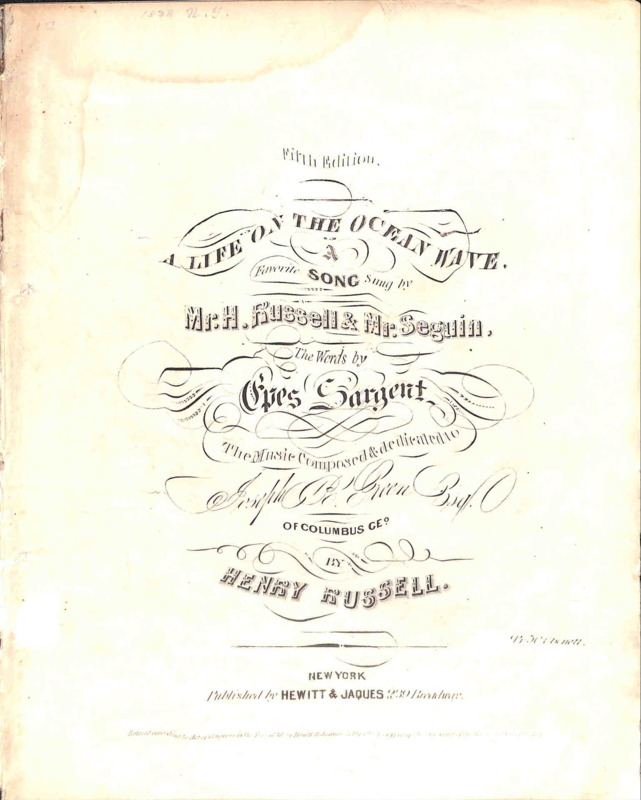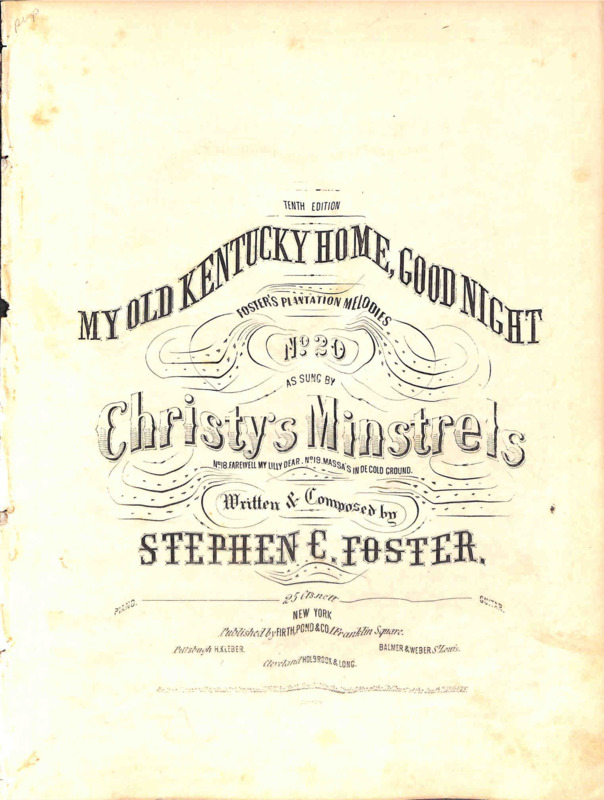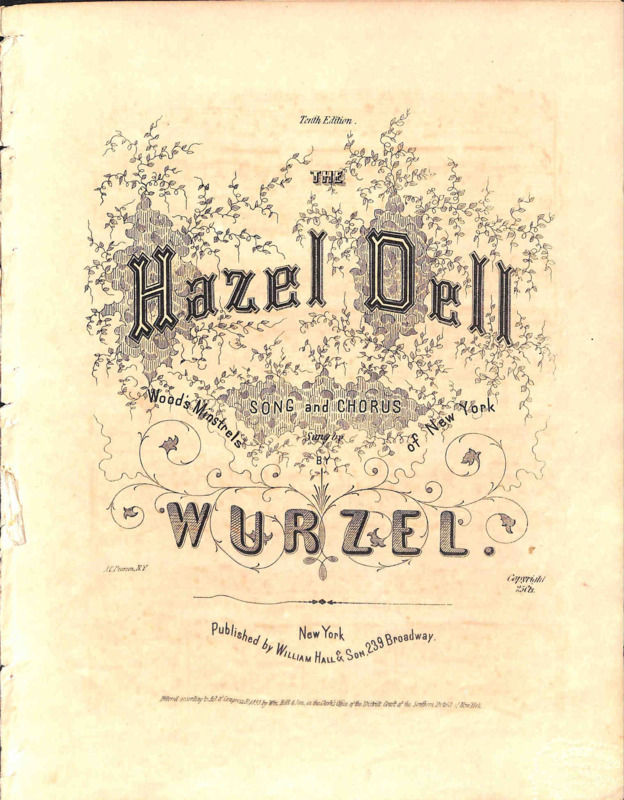Contents
Broadside Ballads
Influences of Composers and Social Change
Broadside Ballads, also known as Penny Ballads or Song Sheets, were single sheets of paper distributed to the public for a penny containing the lyrics of popular tunes. They would not contain the musical notation for the song, although some broadsides listed the reference information of where to acquire the sheet music. Broadsides originated in England, with the oldest documents dating back to the fifteenth century, and were sold on city streets by broadside peddlers in various locations, including outside of pubs, music halls, and public executions. They phased out at the turn of the 20th century as audio recordings of music became available. Cheaply sold to common people of any given era, it was assumed that these ephemeral materials would be thrown away, but an impressive number of broadsides have been preserved.
Broadsides were printed on roughly six by eight inch pieces of paper. Some layouts of the text were simpler, listing only the title, text, and publisher of the broadside in black and white ink. Others were printed with ornate borders or illustrations, sometimes signed by the illustrators, in an array of colors. Due to the large quantity of broadsides sold, printers would use preset plates, sometimes with additional border, illustration, or publication imprint plates. Each broadside would have its title clearly displayed, usually in a large bold font, and would sometimes include a subtitle underneath, listing either an alternate title or the title of the originating piece of music which was being parodied. Dedications made to prominent individuals, groups, or performers of the song were listed at the top of the Broadside and occasionally the genre was listed, such as “comedic song”, just before the text for the song appeared.
The text of the piece listed all of the verses of the song, with choruses only listed once and noted throughout the piece. As broadsides were viewed by the general public, they often depict the major influential ideas of the time which would appear in one of two ways: contextually and subtextually. The context of a piece may be an idea or genre such as romance or humor, or it may surround an event or a place such as war or the sea. For example, civil war broadside ballads held themes of honor and patriotism to boost morale, most commonly depicting victories in battle or pride in the fighting soldiers. Subtext held underlying social, political, or economic ideas that were implied using euphemisms or symbolism.
Following the text, there would be the imprint of the publisher of the broadside, along with their address and other items that could be purchased at their print shop. If the publishers were not advertising their own shops on broadsides, they would often rent out spaces on the sheet to other vendors wishing to advertise their services. In a few cases, copyright information was listed at the very bottom of the sheet in small print. It was also common for companies that peddled broadsides to put a seller’s stamp on the broadside, listing the company name and address so customers could purchase additional broadsides as desired.
This is exhibit was curated by MPAL graduate assistant Gabby LaBare.




